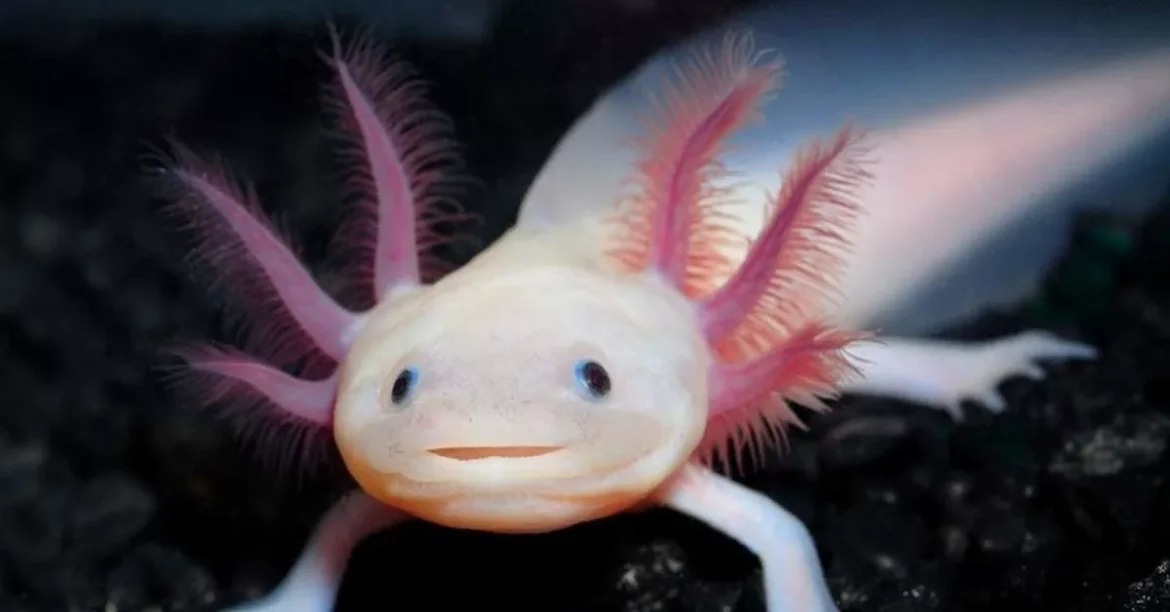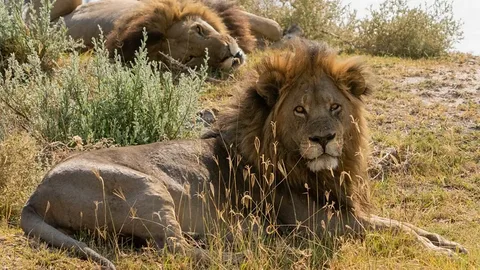Nature has shaped animals in astonishing ways, adapting them to survive in the harshest environments, from deep oceans to dry deserts. Some adaptations are so bizarre, they seem like science fiction—yet each serves a specific survival purpose.
Camouflage and Mimicry
The leaf-tailed gecko of Madagascar looks exactly like a dead leaf, complete with veins and ragged edges. This camouflage allows it to avoid predators during the day. Similarly, the stick insect mimics twigs to hide in plain sight.
Mimicry can also involve copying dangerous animals. The harmless king snake mimics the venomous coral snake’s coloration, deterring would-be predators through deception.




